There is something about cooler temperatures that always gets me thinking about pretty and/or comfy sleepwear. Even though it has been just one week of fall here in Denver, I am already dreaming about flannel nightgowns, terry cloth robes, and Uggs. As often happens, I started to think about the evolution of the clothing item that is on my mind. I started digging and what surprised me is that the history of the nightgown is a lot shorter than nearly every other clothing item I have blogged about, beginning in the Western world with the Victorian nightgown.
Let’s take a look!
Before nightgowns there were…
The history of sleepwear in the Western world is a short one for a few reasons. First, due to economics and culture, people in many parts of the world haven’t used different clothing for being awake and for sleeping for more than a couple of centuries. In Europe, even the wealthy would often wear undergarments to bed (as opposed to garments reserved for sleeping). While we see nightclothes as standard items of clothing today, given the significant divide between public and private life, it appears that completely separate clothing for bed was not considered practical or necessary until about the 18th century, with them becoming more mainstream in the 19th century.
A sign of status
While the introduction of nightgowns into Western culture did eventually lead to them becoming commonplace, in the beginning, they were seen as neither practical nor necessary, but rather luxury items for the most wealthy. Many early nightgowns were created and worn for opulence, especially by French royalty in the 1700s when making a show out of extravagance was a sign of their divine position and authority.
Early non-undergarment sleepwear worn by wealthy women was of the negligee style and in the same cut as daywear, drawn in close at the waist and flowing from there to the ankles, flattering the figure. It is quite easy to see why this style would have been adopted by the French court. As with many French fashions of the time, this style of nightgown was adopted across Europe, albeit temporarily.
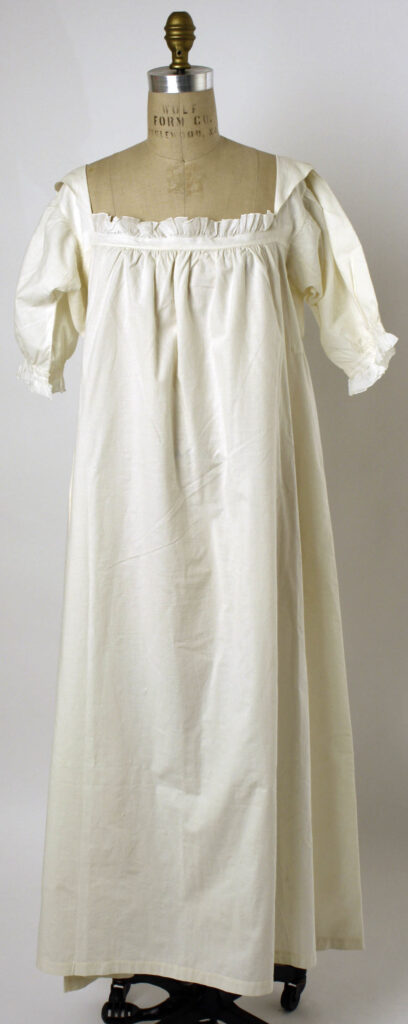
Keep it, but keep it simple: Victorian nightgowns
The 1800s brought a shift in attitude about many things in Europe, including leaning away from extravagance and a heavy shift toward modesty as the Victorian era progressed. So while by this time nightwear had been widely adopted by the middle and upper classes, it was far more acceptable to wear simple, modest nightgowns for utilitarian purposes rather than for show. Nightgowns provided warmth and a barrier between the body and expensive bedwear, similar to today’s purposes.
Regardless of a person’s class, the style of acceptable nightgown was understood as being long, white, and having capped or long sleeves. I find the fact that white was almost exclusively used a great indication of what was considered appropriate to wear to bed during the time. It was largely thought that “fancy” nightclothes was a sign of an improper woman. But while long, white, linen or cotton nightgowns may have been considered simple and modest during the Victorian era, those that survive sure make me swoon!
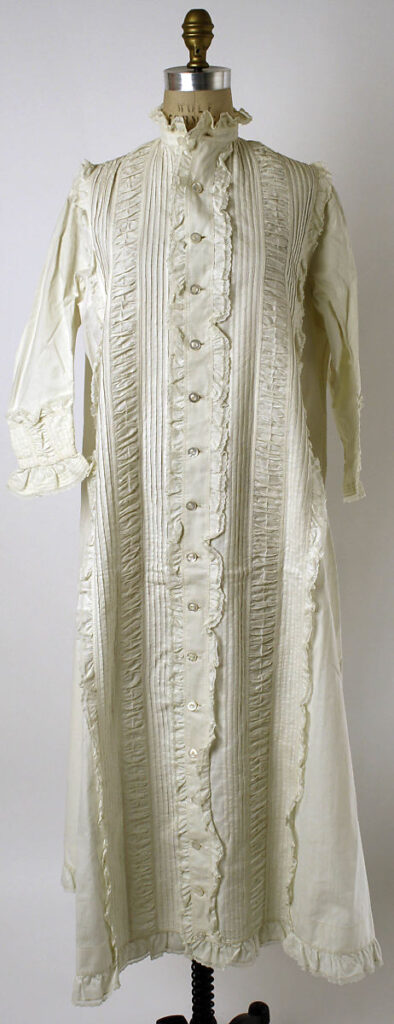
Nightgowns were handmade during most of the Victorian era and followed the same basic shape. Wealthy women often had lovely lace, ribbon, or embroidery added to the top and/or front.

How gorgeous is this nightgown?
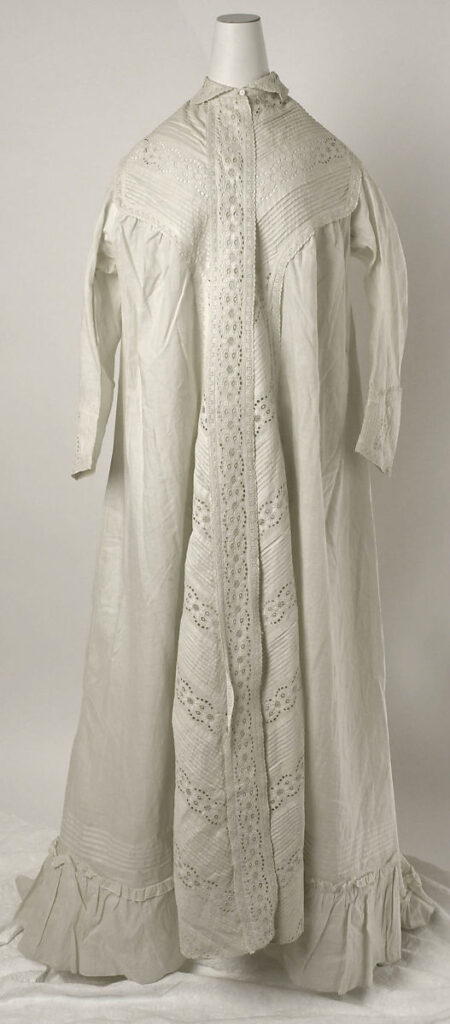
Image source: Metropolitan Museum of Art
It was during the Victorian era that more apparel for spending time at home emerged on the scene, with the growing popularity of wraps, dressing gowns, and tea gowns. Part of me thinks I’d enjoy these options just as much as my yoga pants and Uggs!


Get your own Victorian nightgown for winter:
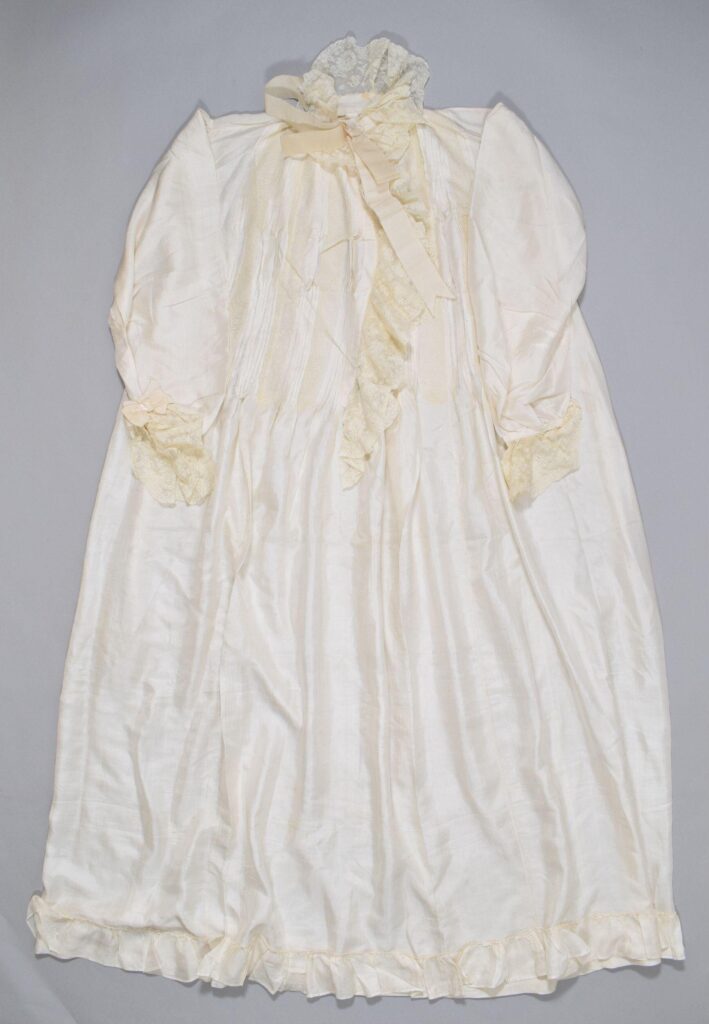
Image source: Victoria & Albert Museum
1920s nightgowns: let’s be fabulous
While gorgeous, there were few changes to styles of Victorian nightgowns, especially when compared to the changing trends in women’s clothing during the era. The 1920s and the dramatic societal shifts that came with it changed this for good.
Experiments with modesty and the merging of public and private lives created the perfect setting for an enormous expansion of styles of sleepwear. It also became more acceptable for private things such as undergarments and sleepwear to be shown in advertisements, creating more competition. The result was what I’m sure would be considered the Golden Age of nightwear.
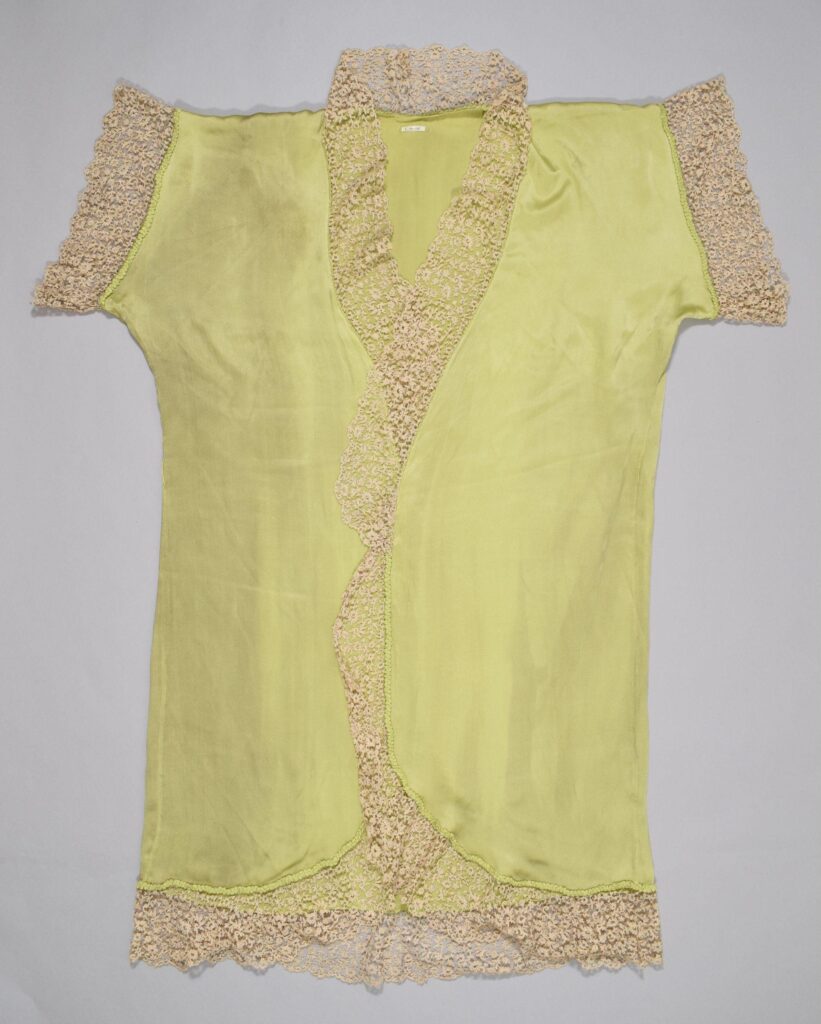
Image source: Victoria & Albert Museum
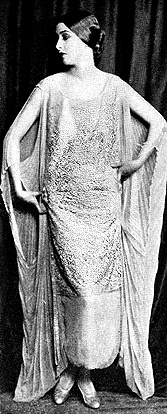
Image source: Victoriana.com
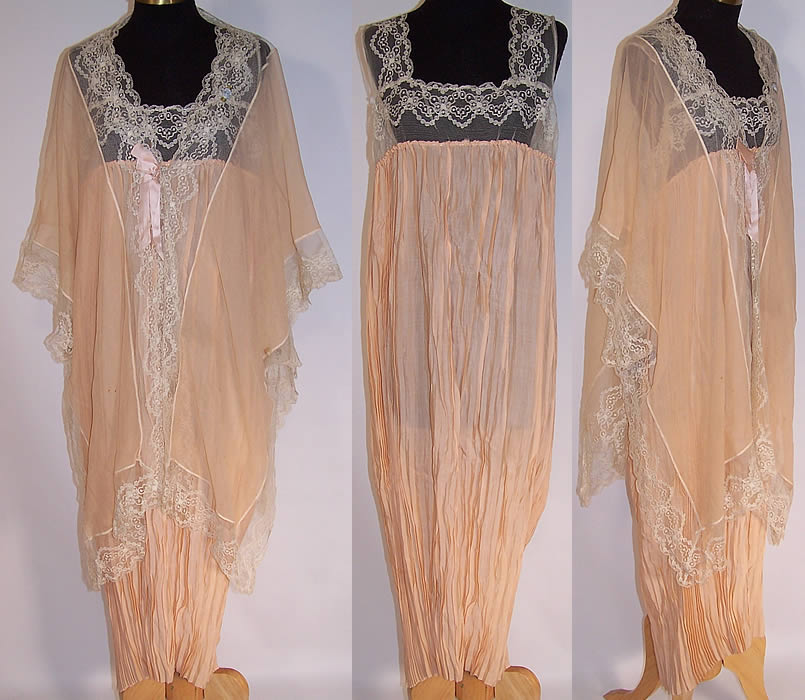
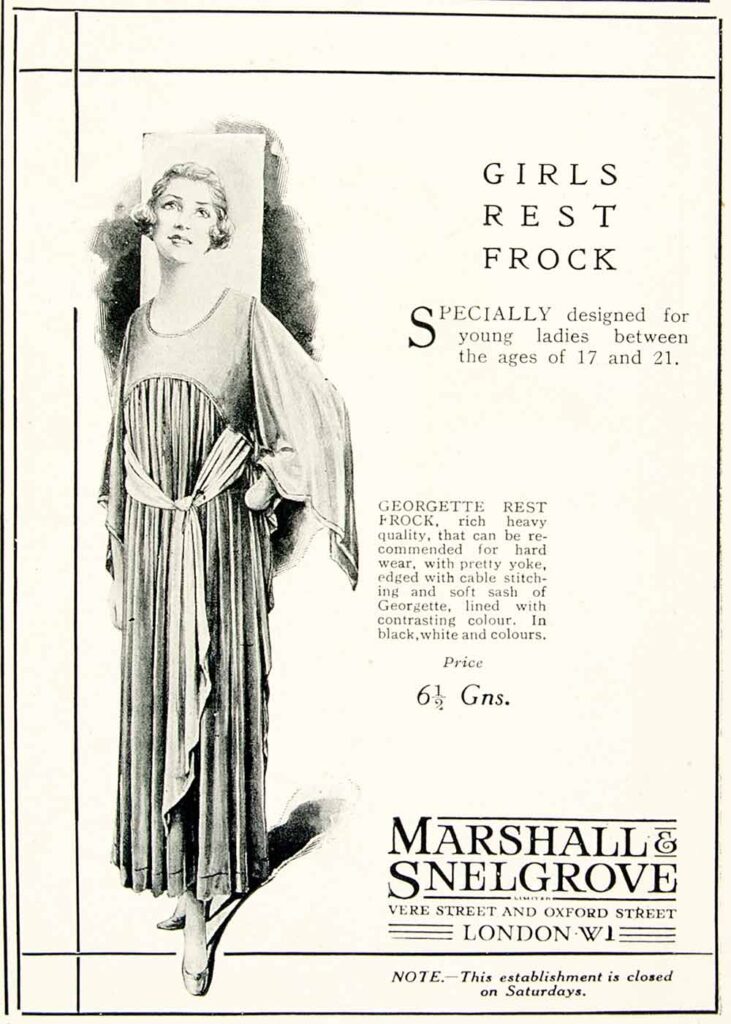
Image source: PeriodPapers
From about 1915 to 1930 we see nightgowns and sleepwear following many of the trends that women’s couture clothing follows, namely “exotic” styles, experimentation, borrowings from Asian and Middle Eastern embellishments, and brand new uses of colors, prints, and materials.
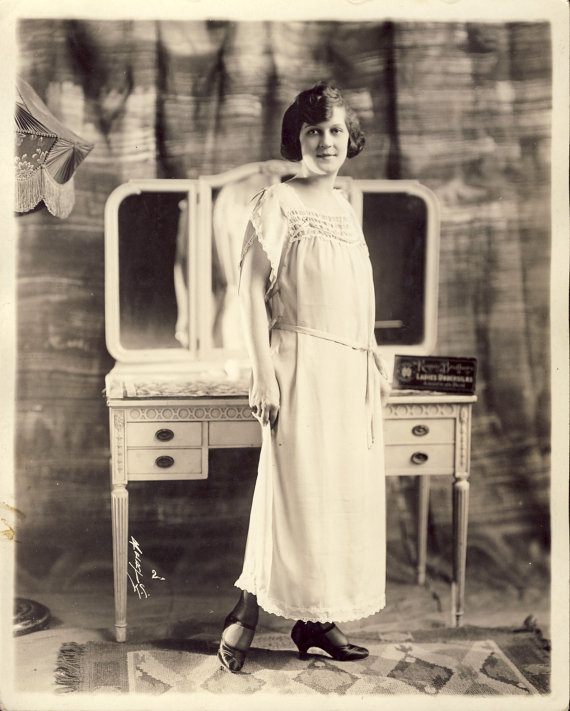
Image source: Historic Indianapolis
Note: the 1920s is when pajama sets really came into popularity for women. I decided not to cover it in this post as this style of sleepwear has a history all its own!
1930s: let’s be elegant
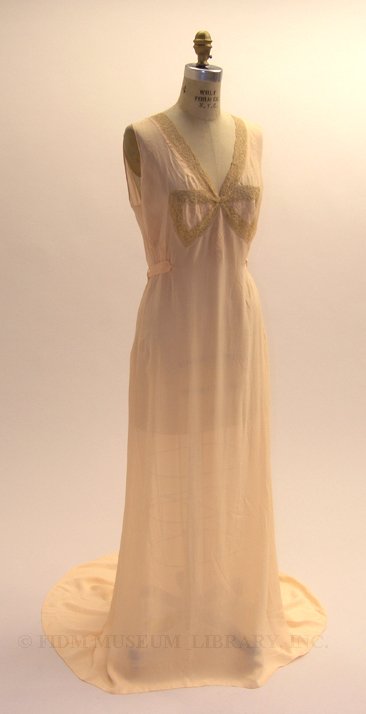
From the 1930s to the 1960s there was a focus on elegance in women’s sleepwear. Styles tended to lean toward long lines, soft fabrics, and understated luxury rather than the creativity seen in the 1920s and then after about 1960. And as we well know, from the 1960s to today, there has been an attitude of “anything goes!” for nightgowns and sleepwear.
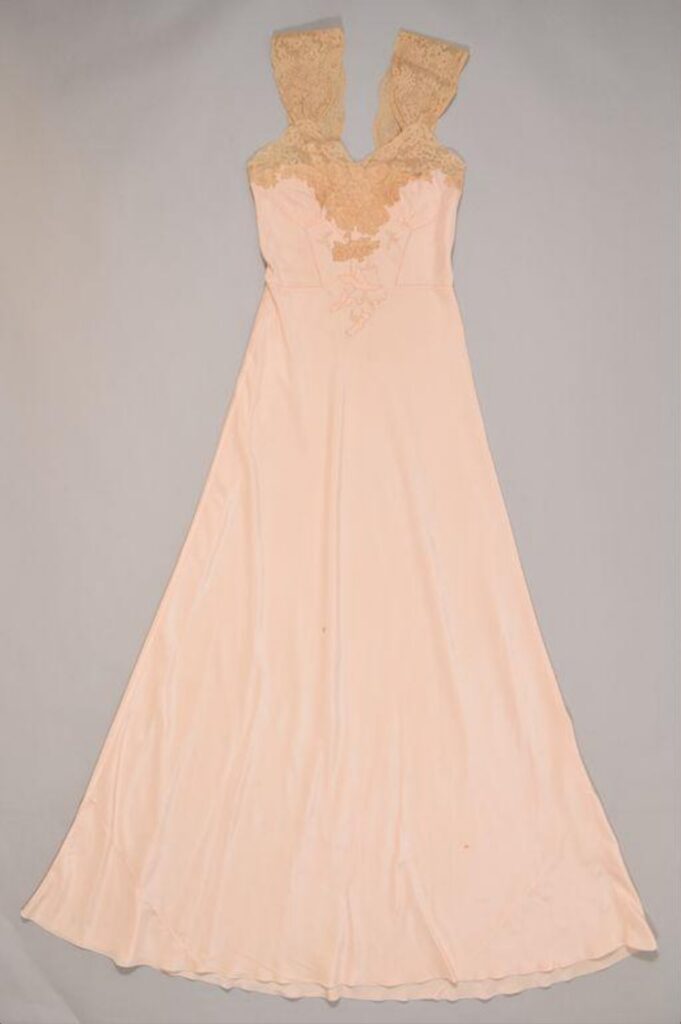
Image source: Victoria & Albert Museum
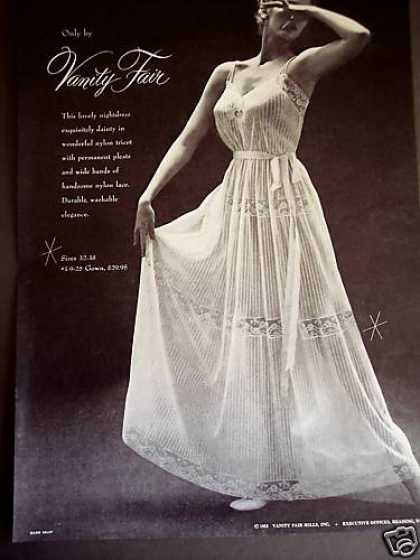
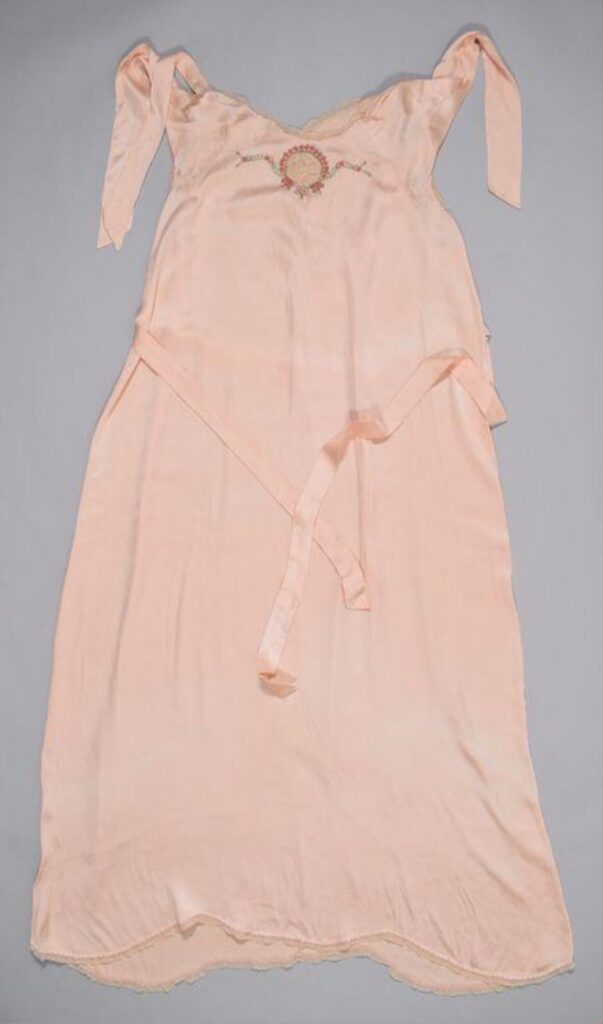
1935. Image source: Victoria & Albert Musuem
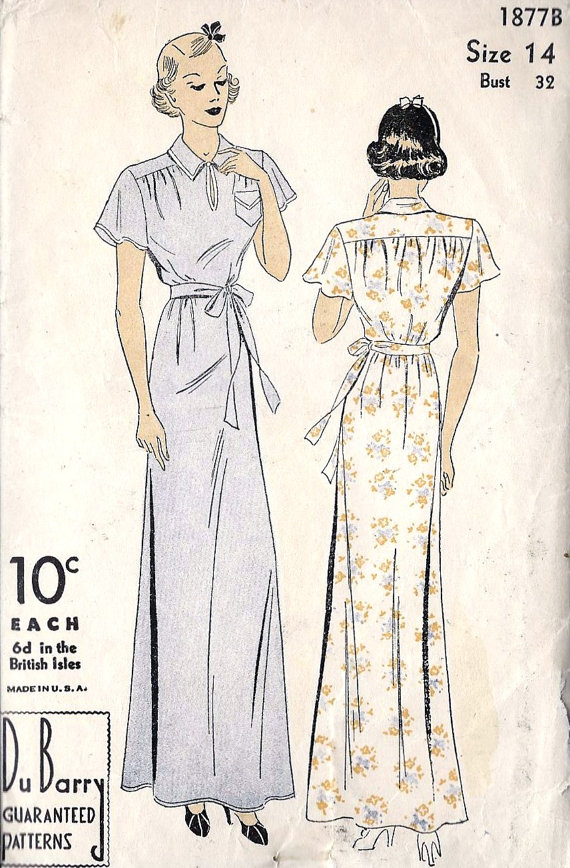
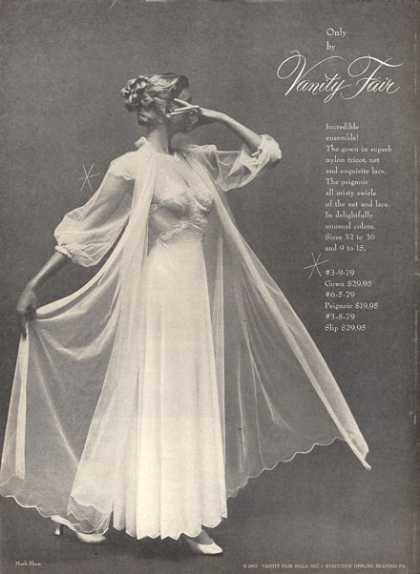
What is your favorite style of nightgown or pajamas? How about your favorite time period for sleepwear?
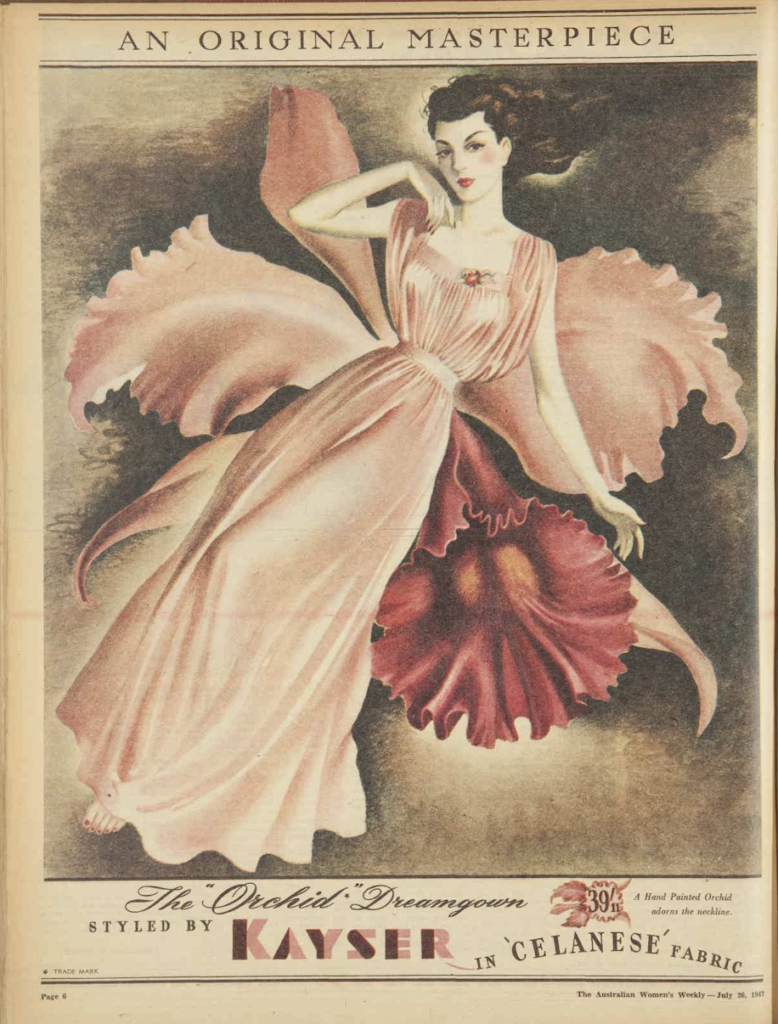

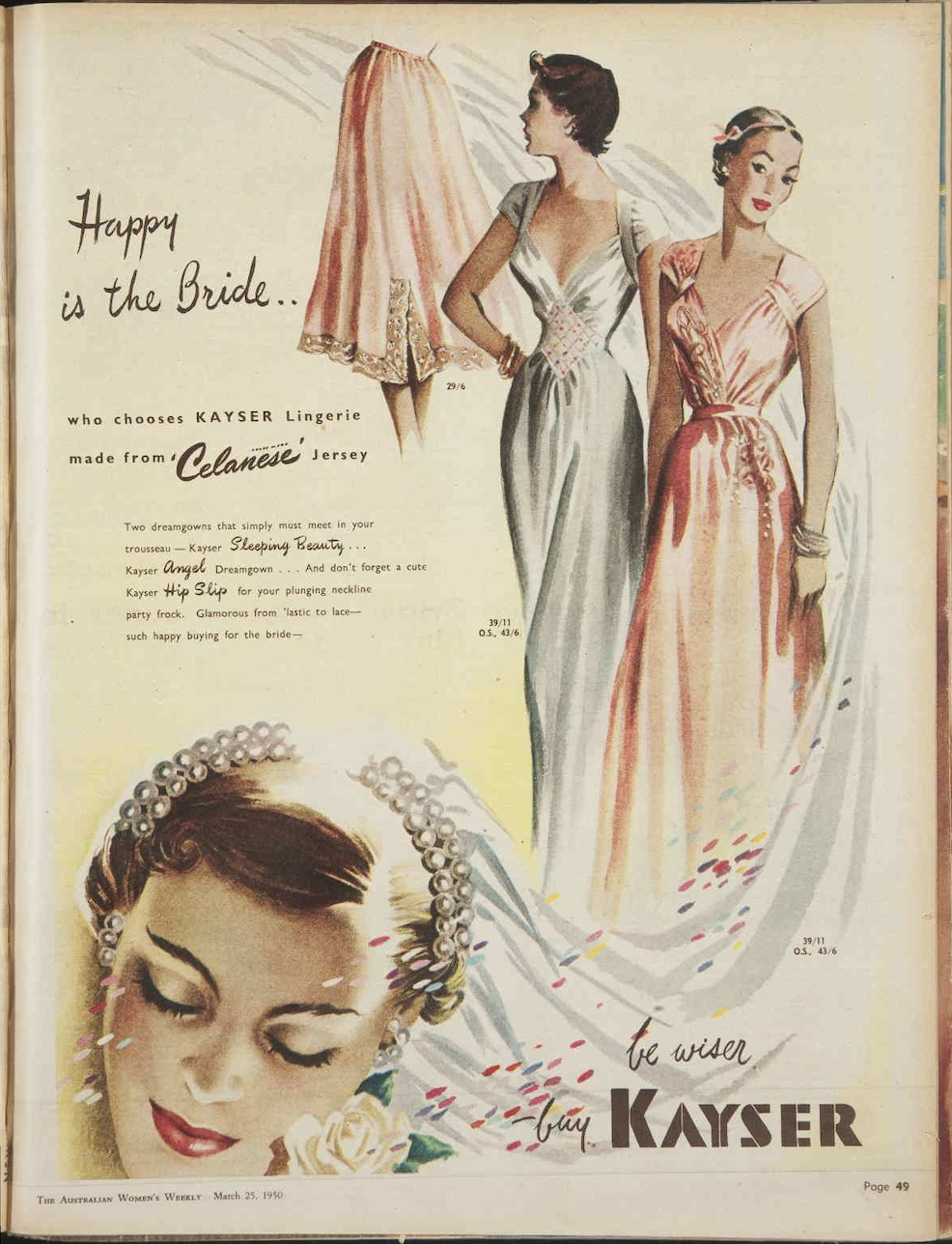
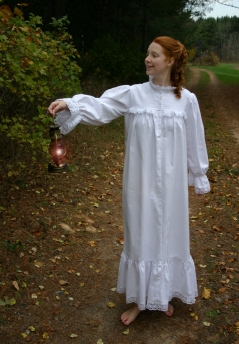

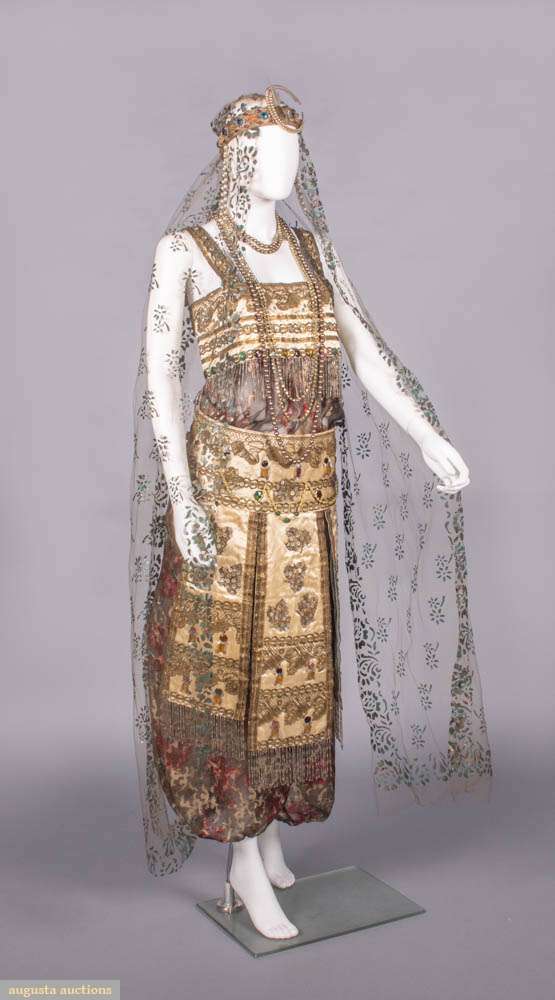







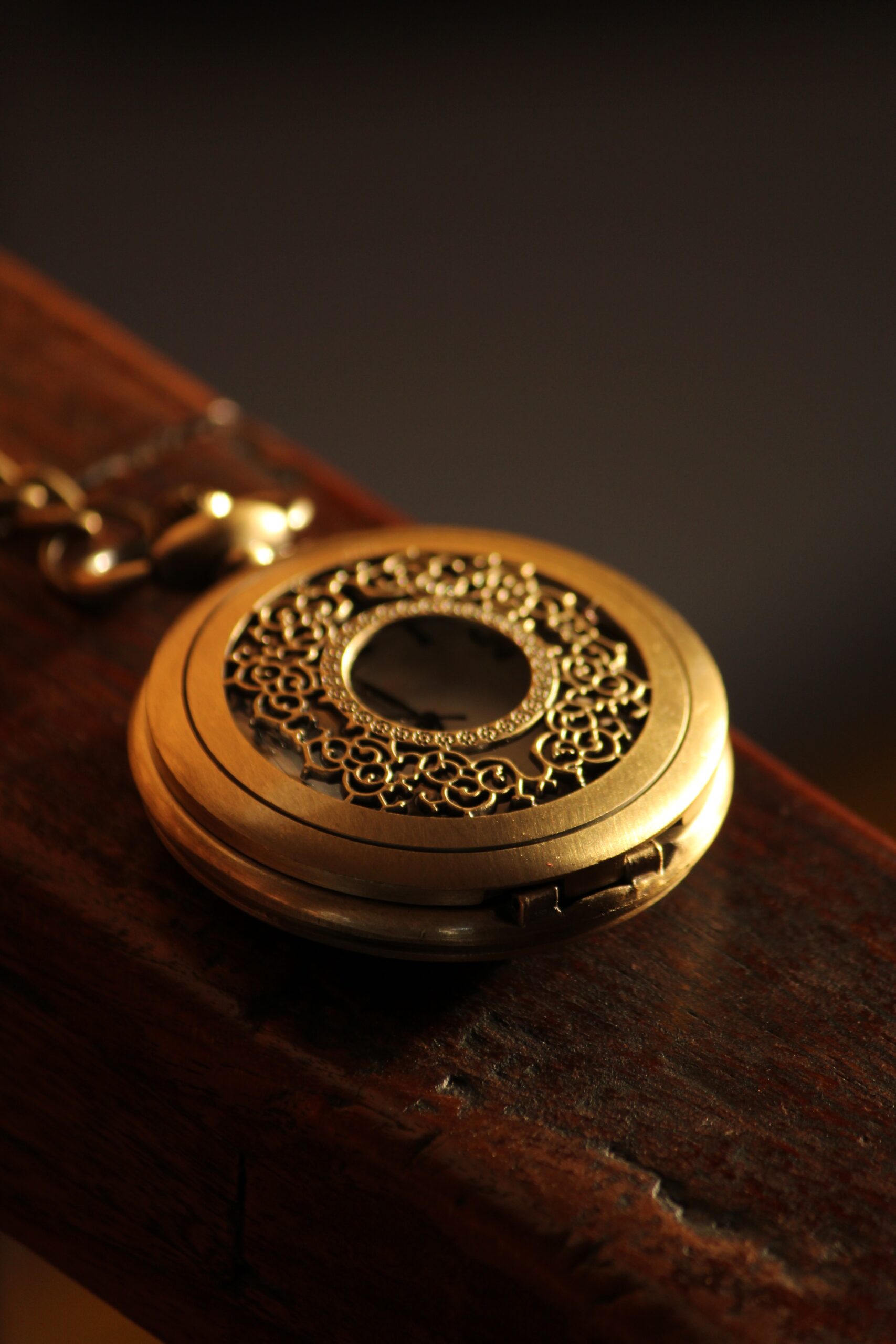

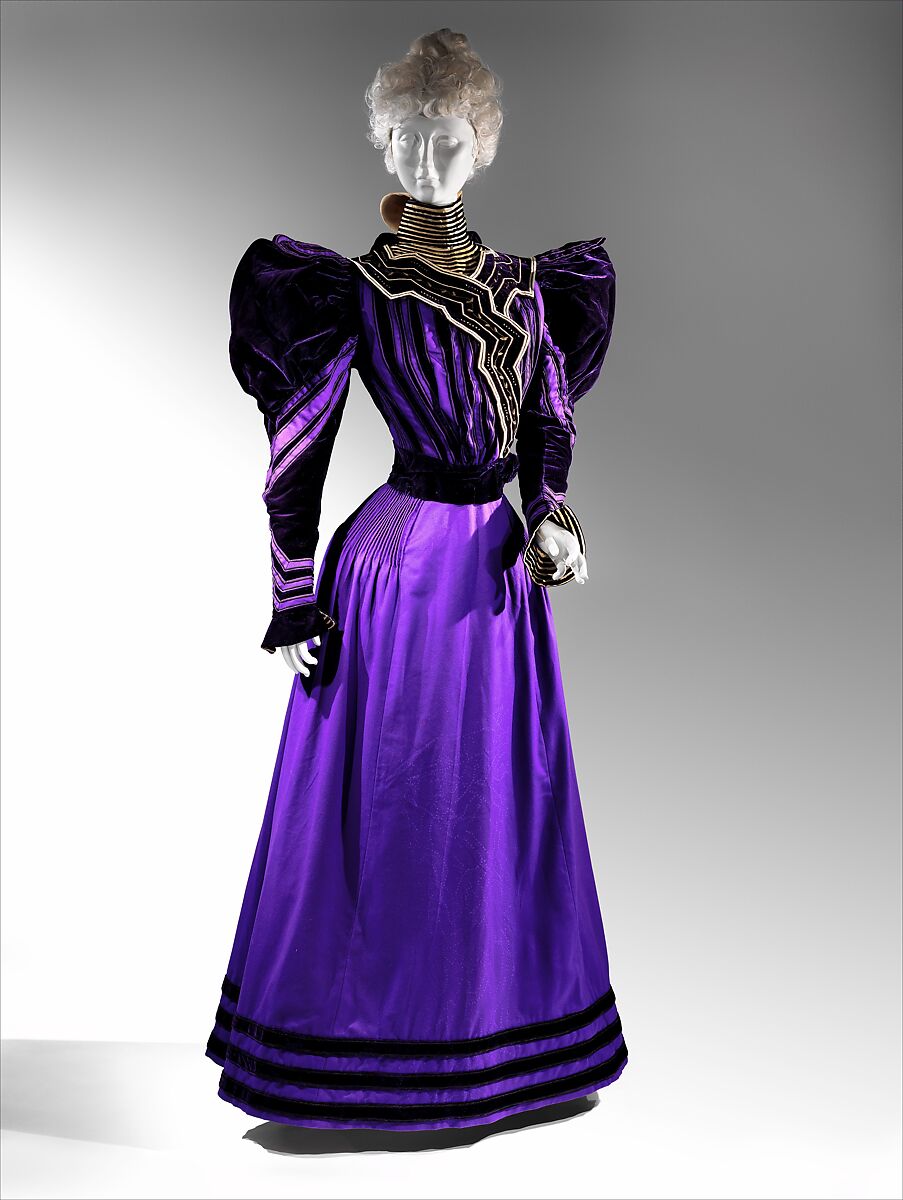
Thank you for your blog! I love reading them!
This well researched and documented article is simply Outstanding! It is especially helpful to me as a reseller of Vintage Lingerie from Edwardian, Victorian to 1970s Fine Lingerie. Thank you for your time in presenting these wonderful Beauties!
I love wearing a lovely night dress I prefer cool cotton, and long.
Interesting. For me I prefer a simple nightshirt. I sleep in the same one year round. I live in Texas and like it cold in my bedroom with extra covers to snuggle under. My husband bought me a pair of footed pjs in Germany in the 70s so I’d stop sticking my cold feet on him.
Loved your article on nightgowns. One of my favorite memories includes my honeymoon night when I took out my gorgeous peignoir to wear only to find it had been sewn closed at the bottom (as a joke by my mother!)